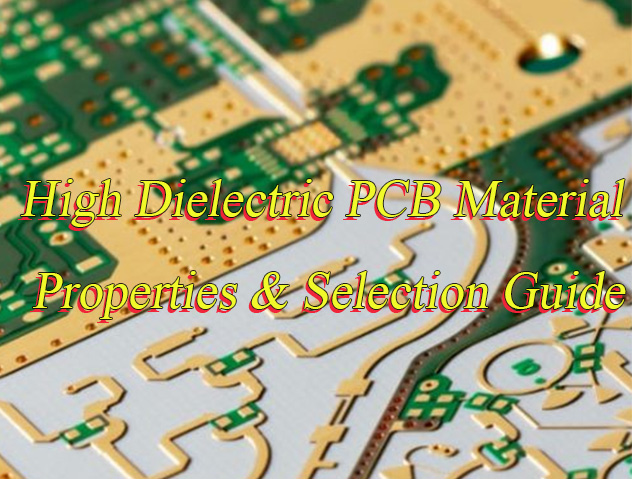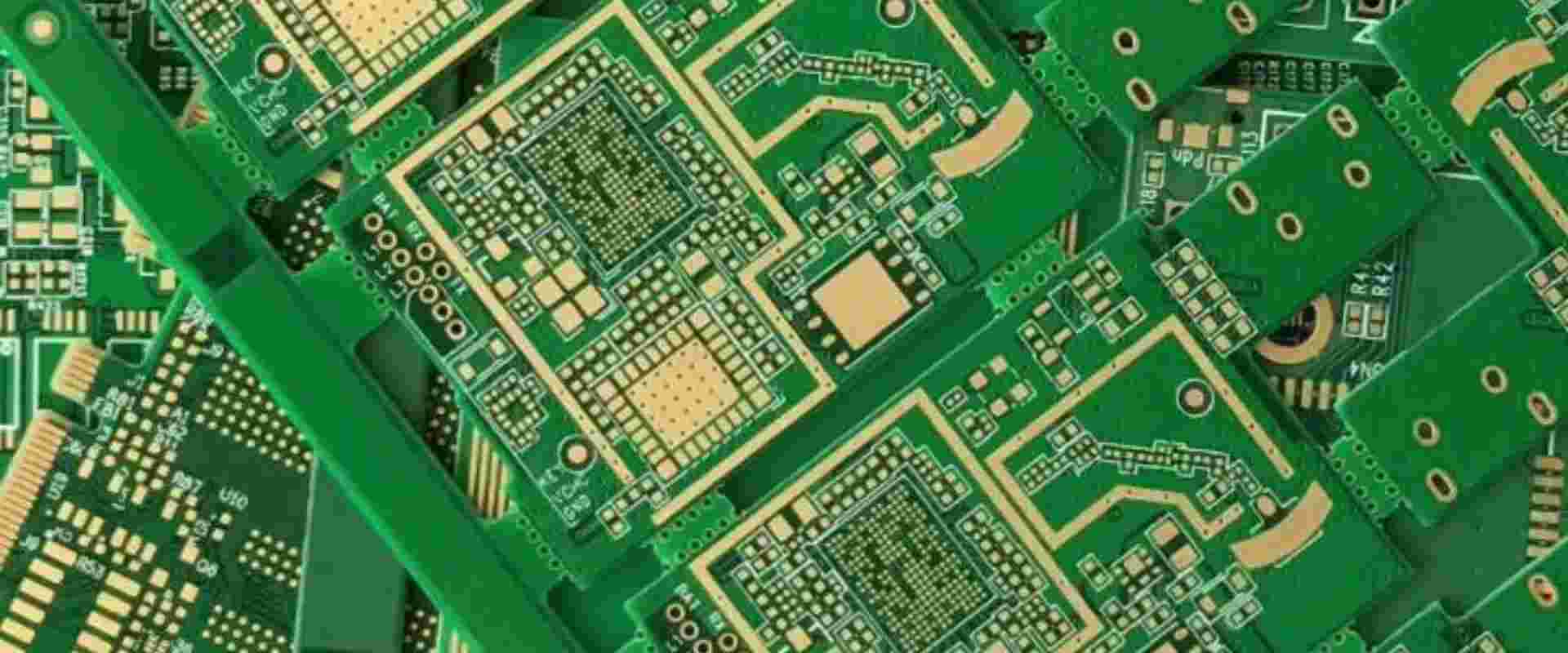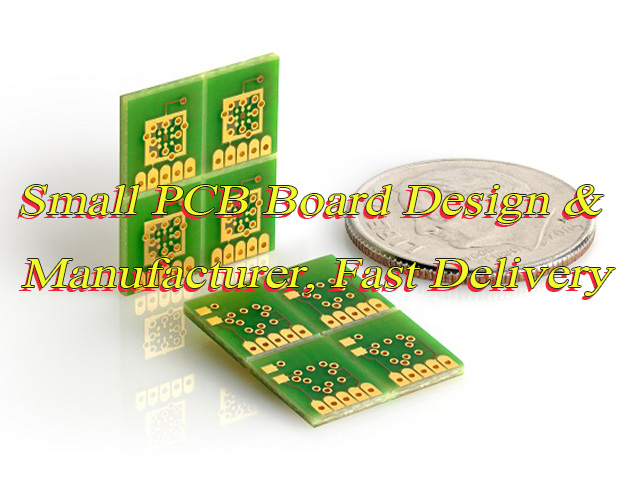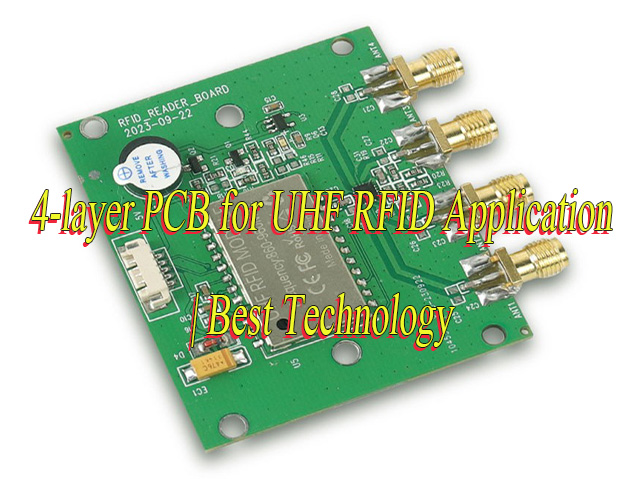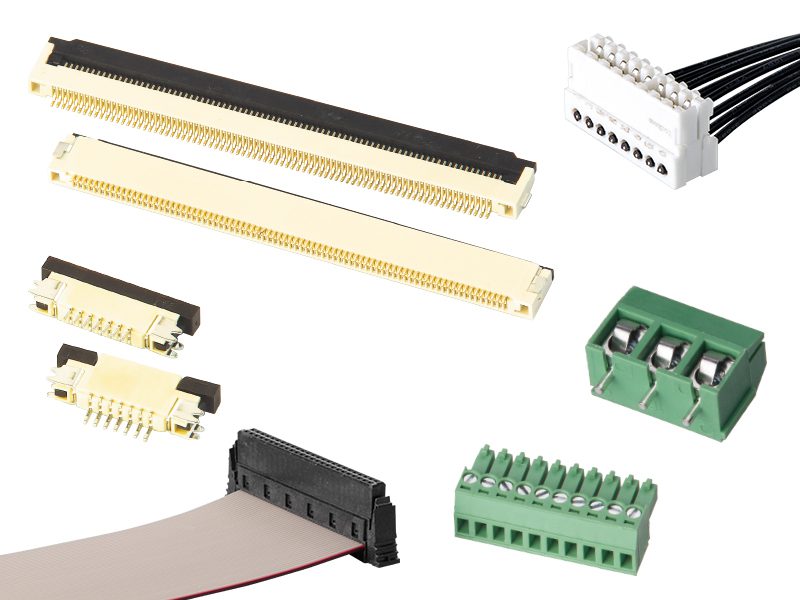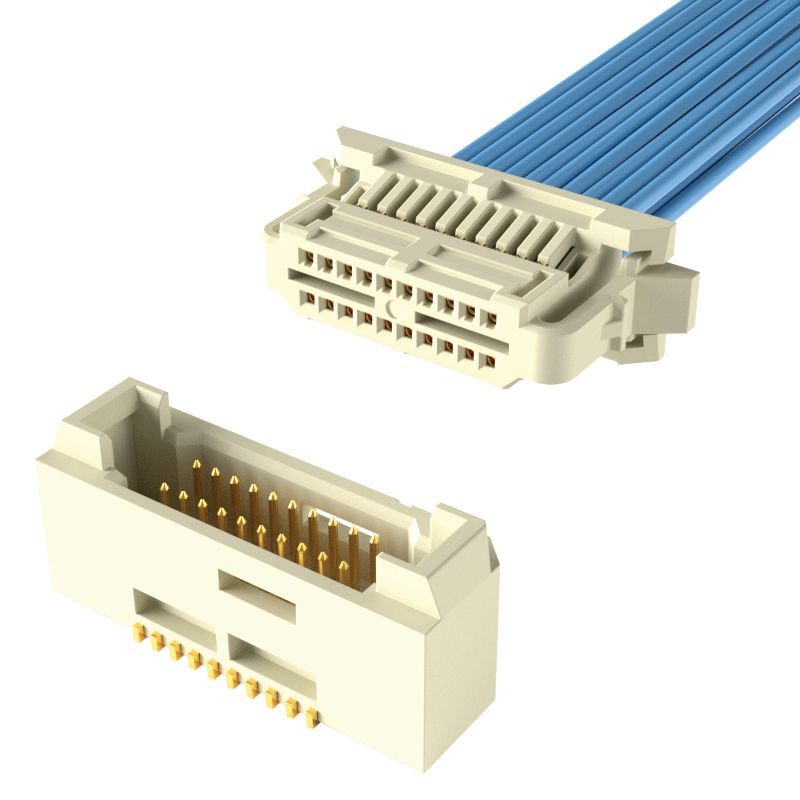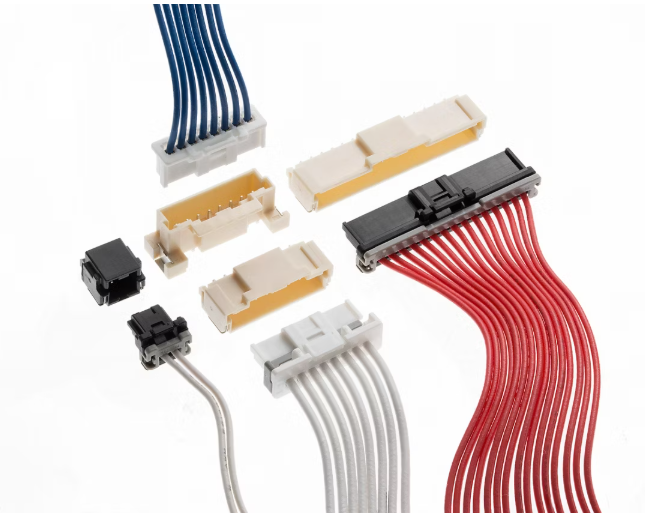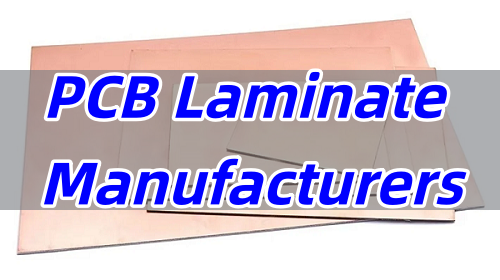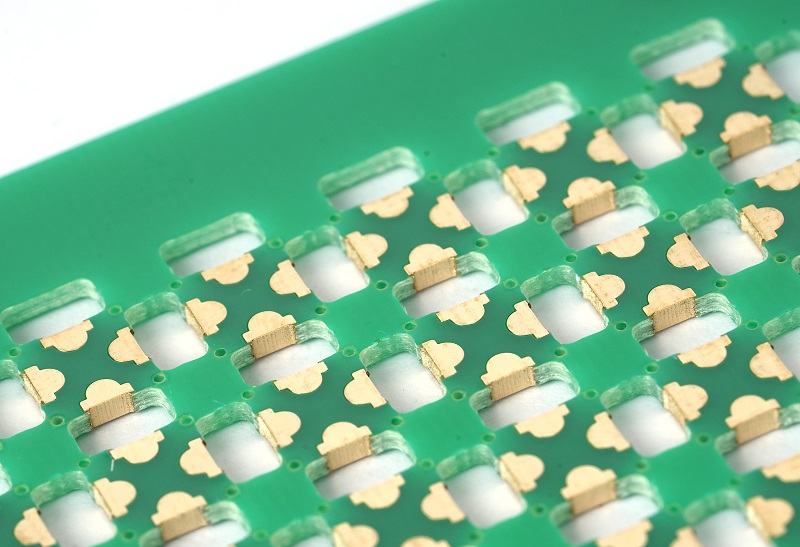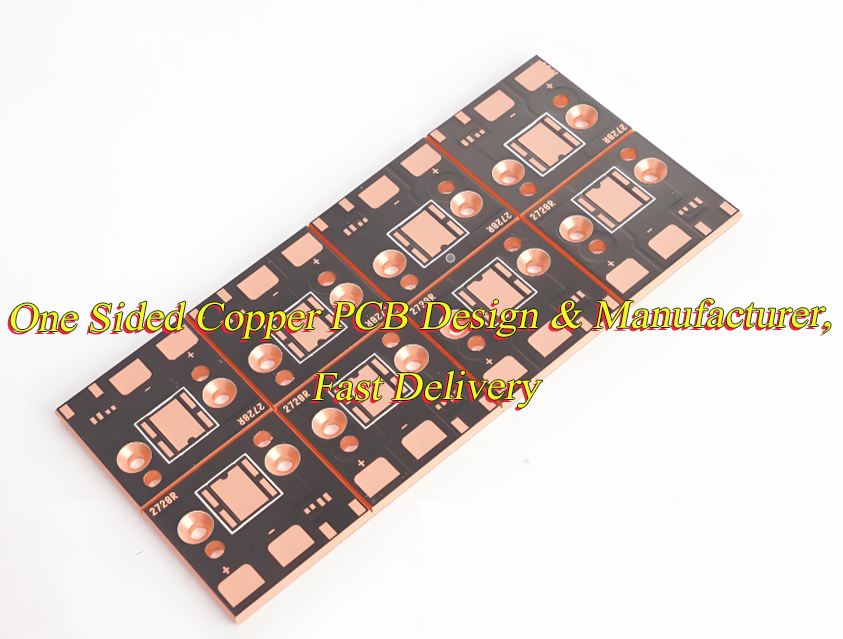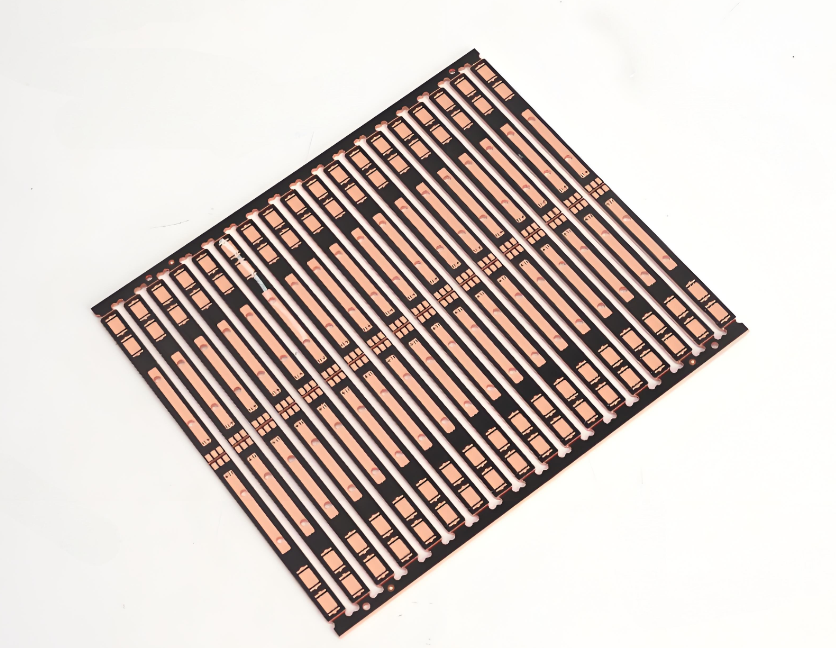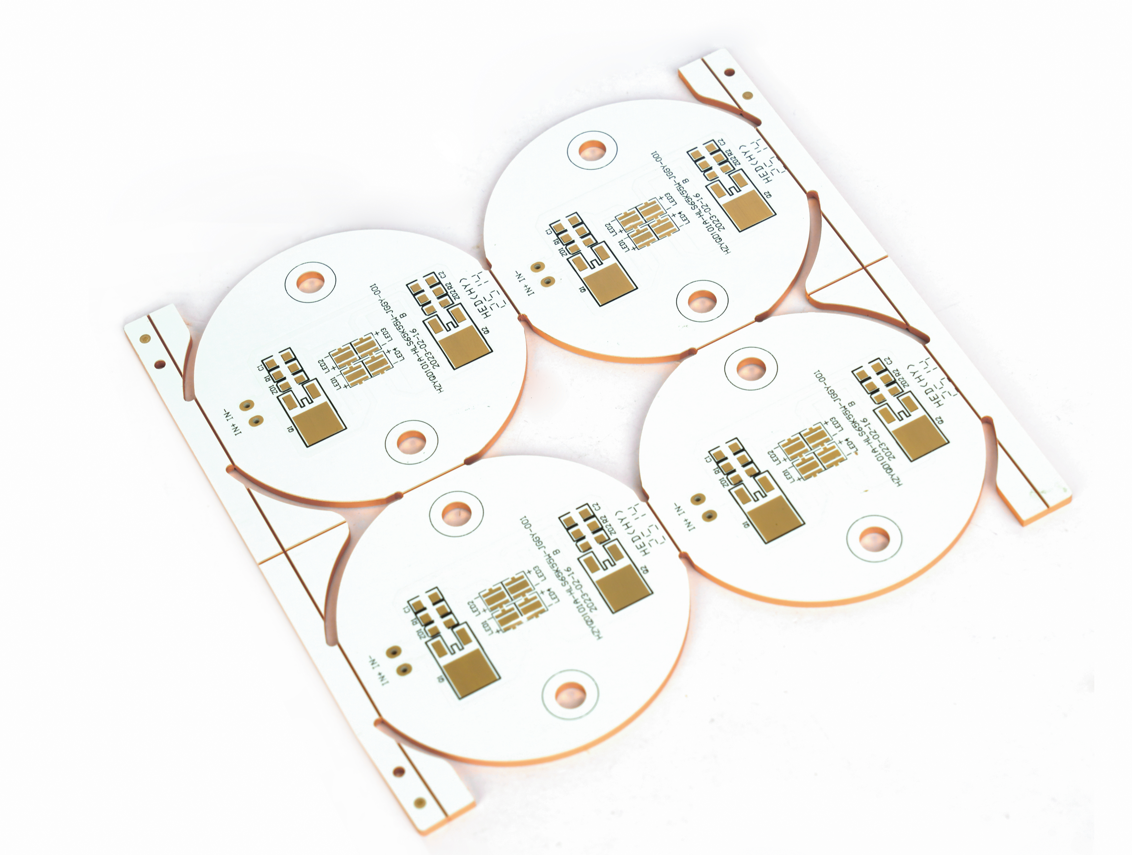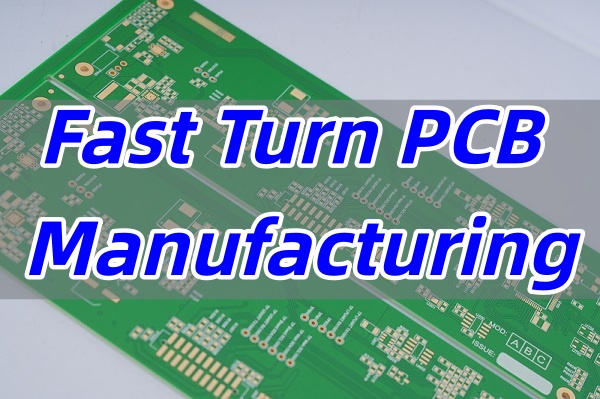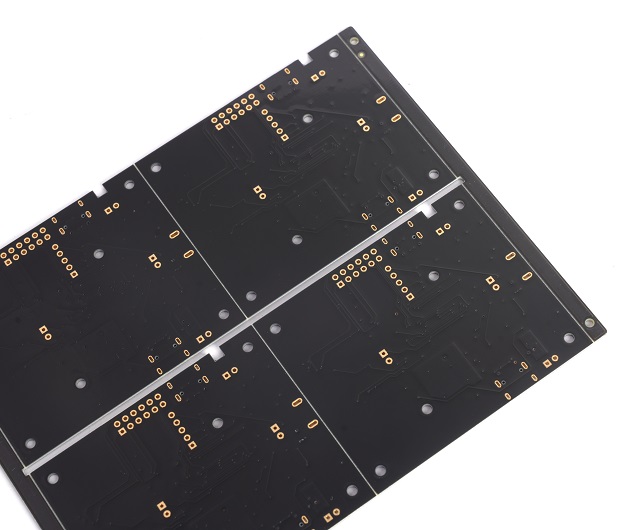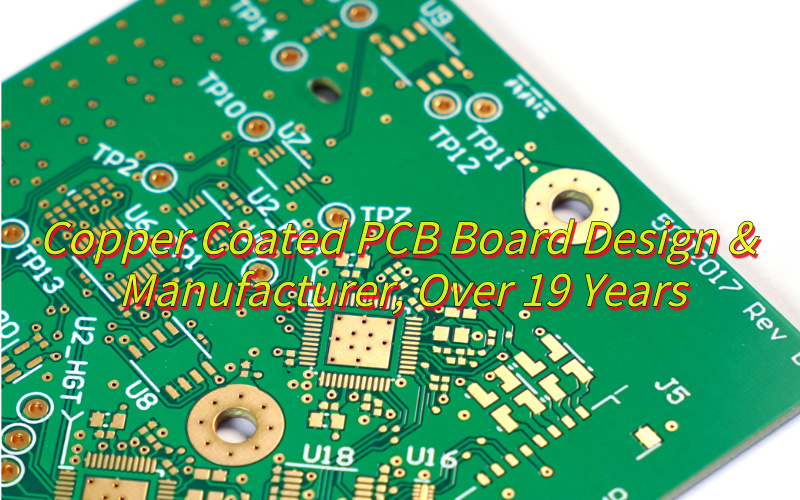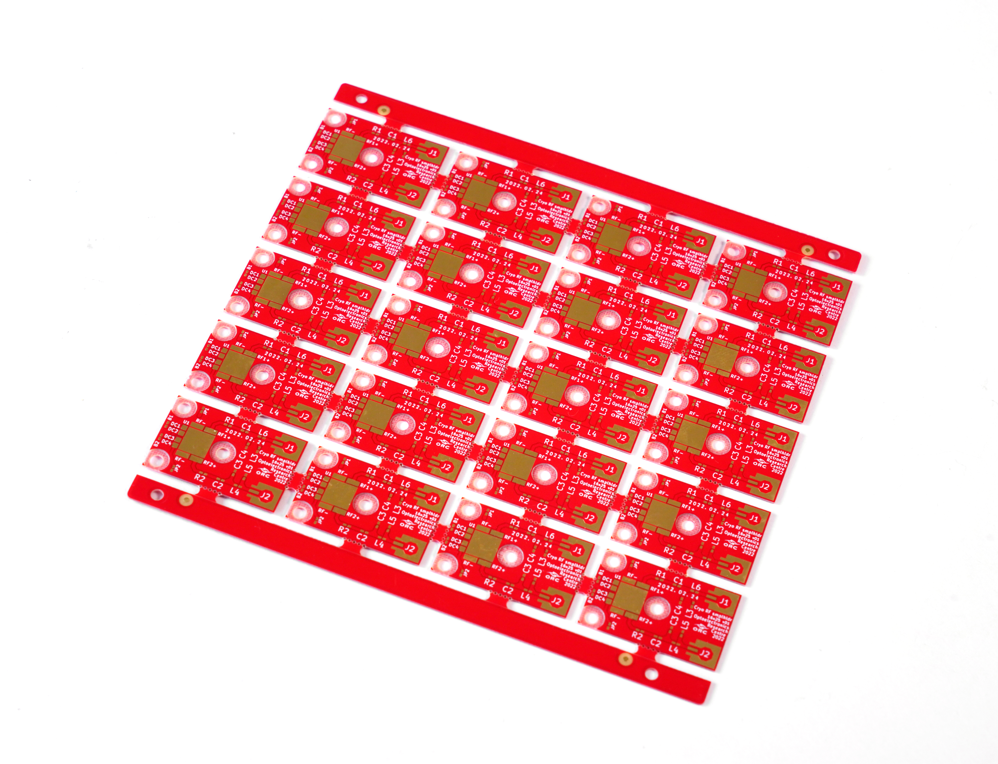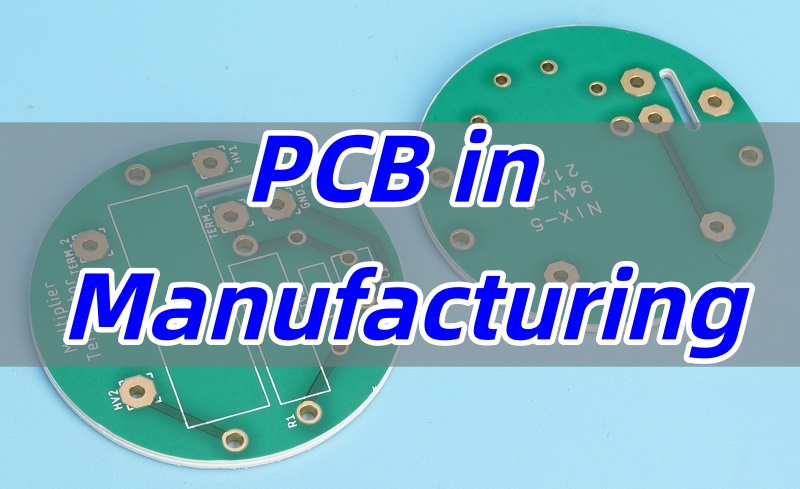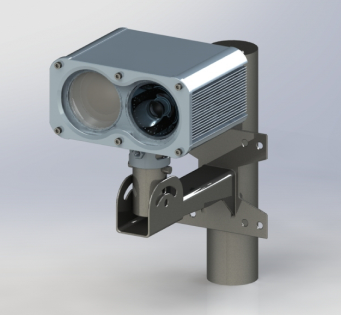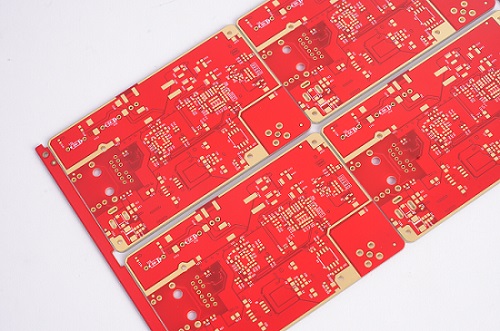PCB manufacturer Canada plays a vital role in the global electronics industry. This blog provides an overview of PCB manufacturing in Canada, including top manufacturers, applications, and industry advantages, while highlighting Best Technology’s expertise, processes, and fast-turn solutions for Canadian clients.
Do these issues sound familiar?
- Tight project deadlines ‚Äď Local PCB suppliers may have limited capacity, making rapid prototyping and short-turn production difficult.
- High cost for prototype iterations ‚Äď Small-batch boards can be expensive without guaranteed quality, slowing down development cycles.
- Limited access to specialized materials or multilayer boards ‚Äď High-frequency, HDI, or metal-core PCBs are often hard to source locally.
- Quality and reliability concerns ‚Äď Maintaining consistent electrical performance, thermal management, and interlayer reliability can be challenging.
- Cross-border logistics and communication delays ‚Äď Overseas suppliers may introduce shipping delays and unclear project updates.
Best Technology, a China-based PCB and SMT factory, offers practical solutions for Canadian clients and other North American and global electronics companies:
- Fast prototyping & short lead times ‚Äď 24‚Äď72 hour rapid prototypes and 3‚Äď7 day small-batch production.
- Cost-effective small-batch PCB manufacturing ‚Äď Automated and precise processes reduce prototype costs while maintaining high quality.
- Flexible materials & advanced processes ‚Äď FR4, Rogers, metal-core, HDI, multilayer, thermal management layers, and custom surface finishes.
- Strict quality control & reliability assurance ‚Äď AOI inspection, flying probe, impedance testing, and full electrical functional checks.
- Efficient international logistics & clear communication ‚Äď Optimized shipping to Canada, transparent updates, and minimized customs or inventory delays.
Best Technology, a China-based PCB and SMT factory, offers practical solutions for Canadian clients and other international electronics companies. Our competitive edge lies in services that support multiple PCB products, offer small batch production, provide exceptional Quality, and ensure fast turnaround. If you have inquiries or questions, please contact us via +86-755-2909-1601 or sales@bestpcbs.com.
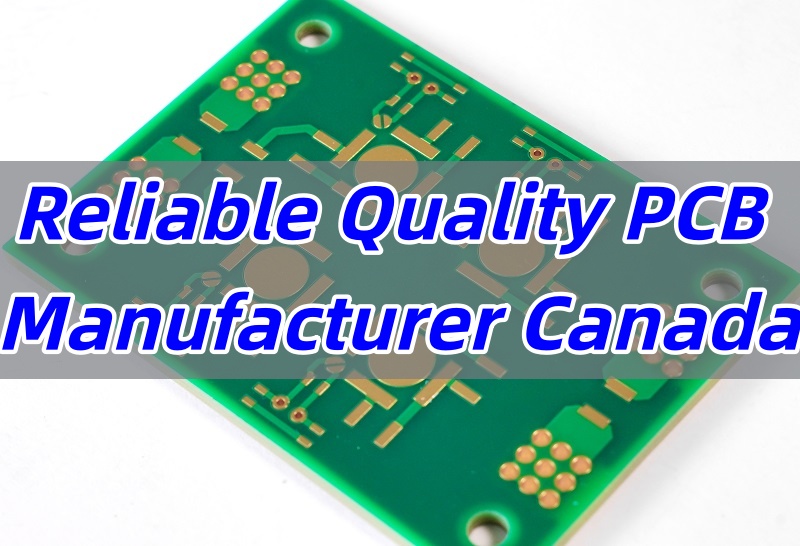
What are the advantages of PCB manufacturer Canada?
Canadian PCB manufacturers excel in delivering reliable, high-quality circuit boards that meet diverse engineering needs. Their strengths lie in advanced engineering, precise manufacturing, fast prototyping, flexible customization, and robust quality control. Choosing a PCB manufacturer in Canada means benefiting from local expertise, predictable lead times, and professional support that together reduce risk, accelerate development, and ensure consistent electrical performance across projects.
1. Advanced Engineering & Modern Manufacturing
Canadian PCB manufacturers stand out for technical expertise:
- High-precision production: Capable of high-layer rigid boards, HDI circuits, and flex-rigid designs with fine-line control and tight spacing.
- Modern equipment: Laser drilling, X-ray inspection, and AOI ensure every board meets design and reliability standards.
- Process monitoring: Real-time tracking and traceability minimize errors and rework, ensuring long-term electrical performance.
2. Rapid Prototyping & Short Lead Times
Speed is key for designers and engineers:
- Fast-turn prototyping: Move from design to finished boards in a few business days.
- Local collaboration: Engineers can review Gerber files, confirm stack-ups, and finalize finishes directly.
- Reduced delays: Avoids customs, shipping, and communication issues common with overseas suppliers.
3. Custom PCB Canada
Flexibility defines Canadian PCB services:
- Material choices: FR4, Rogers, metal-core, and ceramic substrates.
- Special processes: ENIG, OSP, immersion silver, controlled impedance routing, blind/buried vias, thermal management layers.
- Tailored solutions: Custom prototypes or full production runs optimized for performance and reliability, not just cost.
4. Reliable Supply Chain & Cost Efficiency
Local sourcing ensures stability and predictable costs:
- Domestic suppliers: Reduces shipping time, tariffs, and international risks.
- Agile logistics: Faster delivery, closer communication, and easier design adjustments.
- Competitive pricing: Small fabrication houses in Ontario and British Columbia offer strong cost-to-performance ratios while maintaining certifications.
5. Quality Control & Regulatory Compliance
Canadian PCB manufacturers maintain high standards:
- Certified processes: ISO 9001, IATF 16949, IPC-A-600.
- Comprehensive testing: Electrical tests, X-ray analysis, and cross-section inspections.
- Eco-friendly production: RoHS-compliant, lead-free, and environmentally safe processes.
- Traceability: MES systems track each board’s parameters and inspection records for full accountability.
6. Integration with Electronics Manufacturing Companies in Ontario
Canadian PCB makers are well-integrated into the local electronics ecosystem:
- End-to-end solutions: From PCB fabrication to assembly and final product integration.
- Smooth handoffs: Local EMS providers and PCB partners improve yield and reduce component loss.
- Value for SMBs: Vertical integration allows smaller companies to maintain control without managing multiple international vendors.
To sum up, choosing a PCB manufacturer Canada ensures stability, precision, and reliable partnership. Canadian suppliers provide fast prototyping, custom PCB solutions, and high-volume production with consistent quality. Their approach combines technical innovation with client trust, offering flexible, efficient, and cost-effective solutions for startups, design houses, and large-scale electronics companies.
When evaluating printed circuit board manufacturers in Canada, prioritize vendors with:
- Full in-house capabilities
- Solid local supply chains
- Proven international certifications
Top Printed Circuit Board Manufacturers in Canada
Canada has developed a mature and trusted PCB manufacturing ecosystem, with companies that emphasize engineering precision, dependable delivery, and strong after-sales support. These printed circuit board manufacturers in Canada serve global customers with advanced production capabilities and a culture of reliability.
1. Candor Industries (Toronto, Ontario)
- Candor Industries is well-known for its quick-turn and high-technology PCB services. They specialize in HDI boards, flex-rigid PCBs, and high-frequency RF designs. Their unique no-ammonia process and direct imaging systems enhance production accuracy while reducing environmental impact.
2. AP Circuits (Calgary, Alberta)
- AP Circuits is one of Canada’s most recognized quick-turn PCB fabricators, catering primarily to R&D teams and hobbyists. They support small-batch and prototype builds with lead times as short as 24 hours, helping designers validate concepts efficiently.
In summary, these manufacturers represent the core of Canada‚Äôs PCB industry strength‚ÄĒinnovation, flexibility, and commitment to dependable quality. Choosing a PCB manufacturer Canada like these ensures a partnership grounded in engineering trust and timely delivery.
Top PCB Manufacturing Ontario
Ontario remains Canada’s industrial hub for PCB manufacturing, home to both large-scale factories and specialized engineering firms. The province’s integrated supply chain and skilled workforce enable high-precision fabrication and fast turnaround times.
1. Circuits Central (Toronto, Ontario)
- Circuits Central offers full-turnkey PCB manufacturing and assembly services. From prototype development to final box-build, they serve industries such as automotive, aerospace, and medical electronics. Their advanced testing systems ensure that every PCB meets stringent quality requirements.
2. Epec Engineered Technologies (Milton, Ontario)
- Epec’s Ontario division focuses on custom PCB fabrication and cable assembly. Their facilities are equipped for microvia drilling, impedance-controlled designs, and multilayer builds. They are known for quick engineering response and supply chain reliability.
3. Corex Precision Electronics (Mississauga, Ontario)
- Corex specializes in high-density multilayer PCB manufacturing with a strong emphasis on process traceability and quality verification. Their automated inspection and lamination technologies guarantee consistent results for complex boards.
To conclude, Ontario‚Äôs PCB manufacturers stand out for their engineering depth, process accuracy, and collaborative approach. Partnering with an Ontario-based PCB producer means benefiting from shorter lead times, easier communication, and consistent quality‚ÄĒall key elements of a reliable quality PCB manufacturer Canada.
Top Prototype PCB Manufacturing Canada
Prototyping plays a critical role in electronics innovation, and Canadian PCB manufacturers are recognized for their agility and reliability in this stage. They combine fast delivery, advanced DFM support, and tight process control, ensuring every prototype reflects production-level quality.
1. Bittele Electronics (Toronto, Ontario)
- Bittele offers one-stop prototype PCB manufacturing and assembly. Their engineers assist clients with Gerber review, BOM validation, and DFM optimization, reducing iteration time. With fast lead times and transparent pricing, they’re a popular choice for startups.
2. Tempo Systems (Montreal, Quebec)
- Tempo Systems focuses on rapid PCB fabrication for low-volume production and proof-of-concept projects. Their facilities use automated testing and direct imaging, ensuring high consistency even on complex multilayer boards.
3. Bay Area Circuits Canada (Vancouver, BC)
- As an extension of their U.S. operations, Bay Area Circuits provides prototype PCB services in Canada with access to advanced materials and quick logistics. Their high-frequency and rigid-flex expertise supports projects requiring tight signal integrity.
In a nutshell, through these leading prototype providers, PCB manufacturing in Canada has become a preferred option for designers worldwide who need speed, reliability, and precision. These companies show that Canadian manufacturers aren‚Äôt just service providers‚ÄĒthey‚Äôre long-term partners for innovation.
What is the PCB Manufacturing Process?
The PCB manufacturing process defines the foundation of reliable quality‚ÄĒsomething every top PCB manufacturer in Canada values deeply. While Canadian producers emphasize quality assurance and process traceability, global partners like Best Technology in China share the same commitment through world-class production standards.
Below is an overview of Best Technology’s HDI PCB manufacturing process, which aligns with international quality systems and supports many Canadian clients with precision engineering and consistent reliability.
1. Key Process Considerations
Producing HDI PCBs involves multiple lamination cycles and microvia interconnections, where every micron matters. Our engineers focus on four major control points:
- Line Width and Spacing Control: Precise imaging and etching maintain uniform line geometry for high-density routing.
- Via Aspect Ratio: Proper plating parameters ensure consistent copper thickness inside microvias and through holes.
- Laser Via Registration: Accurate alignment is vital for second-order or stacked microvias to ensure reliable interlayer connection.
- Dimensional Stability: Material expansion and shrinkage during lamination are tightly managed to maintain alignment across layers.
2. Technical Capability Overview
Our HDI manufacturing capabilities are designed to meet both prototype and mass production demands.
- Second-Order HDI Capability:
- Sample Production: Line/space ‚Č• 3 mil
- Mass Production: Line/space ‚Č• 4 mil
- Line Width/Spacing vs. Copper Thickness:
- Base Copper (Before Lamination):
- 18őľm (¬Ĺ oz): 3/3 mil
- 35őľm (1 oz): 3.5/3.5 mil or 3/4 mil
- After Lamination (Finished Copper):
- 5őľm (1/7 oz): 2/2 mil
- 9őľm (1/4 oz): 3/3 mil
- 12őľm (1/3 oz): 3.5/3.5 mil
- 18őľm (¬Ĺ oz): 4.5/4.5 mil
- 35őľm (1 oz): 5/5 mil
- Base Copper (Before Lamination):
3. HDI PCB Manufacturing Process
The HDI production process includes two main lamination cycles: the first cycle builds inner layers and blind vias, and the second completes through holes and outer circuitry.
First Lamination Cycle (Inner Layers & Blind Vias):
- Material Cutting: Base laminate is cut to the required panel size.
- Inner Layer Imaging: Circuit patterns are transferred to the inner core.
- Inner Layer AOI: Automated optical inspection ensures perfect trace formation.
- Lamination: Inner cores are pressed into a solid multilayer stack.
- Copper Thinning: Controlled to a range of 7‚Äď9 őľm.
- Laser Drilling: Microvias (typically 4‚Äď5 mil) are formed for interlayer connection.
- Electroless Copper Deposition: Chemical copper coating ensures via conductivity.
- Copper Filling (Via Fill Plating): Vias are filled by electroplating; surface copper growth must stay ‚ȧ 25 őľm.
- Copper Reduction: Adjusted as per customer thickness requirement.
- Inner Layer Imaging & AOI Recheck: Re-inspection confirms circuit integrity before outer lamination.
Second Lamination Cycle (Through Holes & Outer Layers):
- Lamination: The inner stack is laminated again with prepregs and outer copper foil.
- Copper Thinning: Surface copper is uniformly reduced.
- Drilling: Through holes are drilled and deburred.
- Copper Plating & Filling: Metallization ensures reliable through-hole conductivity.
- Outer Layer Imaging & Etching: Fine-line patterning defines final circuit geometry.
- Outer Layer AOI: Ensures pattern accuracy and no open/short defects.
- Solder Mask & Silkscreen: Green oil coating and legend printing for insulation and marking.
- Surface Finish (ENIG): Nickel-gold plating enhances solderability and oxidation resistance.
- Profile Routing: Boards are milled or routed to final dimensions.
- Electrical Test & Final Inspection: 100% testing ensures compliance with IPC standards and customer specs.
Through strict process control and precise multilayer alignment, Best Technology delivers HDI boards with exceptional reliability and fine-line definition.
What are the Applications of PCB Board Manufacturing Canada
PCB board manufacturing Canada is widely applied across industries thanks to their versatility, high reliability, and ability to meet demanding technical requirements. From consumer electronics to aerospace systems, these PCBs support complex designs, miniaturization, and long-term performance. Below are the major application areas:
1. Consumer Electronics
PCB Board Manufacturing Canada plays a central role in devices like smartphones, tablets, wearables, and gaming consoles.
- High-density interconnect (HDI) technology enables slimmer form factors and optimized space usage.
- Advanced PCB designs support high-speed data transfer, display drivers, and compact power management circuits.
- Reliability and precision ensure consistent performance in devices subjected to daily handling and thermal cycling.
2. Automotive Electronics
Modern vehicles rely on Canadian PCBs for critical electronic systems:
- Infotainment systems, instrument clusters, ADAS modules, and lighting controls all utilize durable, high-temperature PCBs.
- Boards are designed for vibration resistance, long-term reliability, and compliance with automotive safety standards.
- Flexible multilayer designs allow integration of sensors and microcontrollers while maintaining compact layouts.
3. Medical Devices
In healthcare, PCB reliability is essential for patient safety and regulatory compliance:
- Devices like heart rate monitors, insulin pumps, and wearable health trackers use PCB circuits for precise signal processing.
- Low-noise layouts, robust materials, and adherence to medical certifications ensure accurate readings.
- HDI and flexible PCBs support miniaturized designs for portable and wearable medical instruments.
4. Industrial Automation
Printed circuits power PLCs, robotic controllers, sensor interfaces, and industrial power modules:
- High-current and high-voltage tolerance is critical for continuous operation on production lines.
- Boards are engineered to resist electromagnetic interference (EMI), temperature fluctuations, and mechanical stress.
- Layered designs and controlled impedance help maintain signal integrity in complex industrial environments.
5. IoT and Wearable Technology
The Internet of Things (IoT) and wearable devices rely on compact, energy-efficient PCBs:
- Smart home sensors, environmental monitoring nodes, and wearable health trackers benefit from printed circuit boards’ small size and flexible layouts.
- Flexible and lightweight boards reduce power consumption and accelerate time-to-market.
- Integration with microcontrollers and wireless modules enables seamless connectivity and data transmission.
6. Aerospace and Defense
PCB manufacturing in Canada is designed for the most demanding aerospace and defense applications:
- Satellites, aircraft instruments, radar, and communication modules utilize lightweight, high-reliability boards.
- PCBs withstand extreme temperatures, vibrations, and environmental stresses while minimizing weight.
- Multi-layer HDI designs optimize performance and ensure compliance with rigorous aerospace standards.
Ultimately, from consumer gadgets to mission-critical aerospace systems, PCB fabrication Canada demonstrates versatility, precision, and long-term reliability. Their advanced design and manufacturing capabilities allow engineers across industries to create innovative products with consistent quality, making them a preferred choice for both prototyping and full-scale production.
Top Electronics Manufacturing Companies in Ontario
Ontario is home to a thriving electronics ecosystem, with numerous end-product manufacturers that rely heavily on high-quality PCB manufacturing and assembly throughout their product development and mass production stages. These companies integrate PCB fabrication, assembly, and testing into their supply chains to ensure efficiency, traceability, and consistent product performance. Below are three leading electronics manufacturing companies headquartered or with major facilities in Ontario.
1. BlackBerry (Waterloo, Ontario)
BlackBerry’s headquarters in Waterloo spans approximately 479,000 square feet of R&D and operations space. While the company has transitioned from traditional smartphones, its current focus includes automotive safety systems, IoT devices, and embedded systems.
- BlackBerry products, such as in-vehicle infotainment systems and connected car modules, rely on high-reliability, low-power PCBs.
- Their demand for custom PCB Canada solutions and fast prototype PCB manufacturing Canada services is critical for rapid innovation and product validation.
2. Magna International (Aurora, Ontario)
Magna International, headquartered in Aurora, operates its Magna Electronics division, which specializes in automotive electronics, sensors, and vehicle networking systems.
- The company directly integrates multilayer and high-density PCBs to support electric vehicles, ADAS, and full vehicle electronics.
- Suppliers offering PCB manufacturing Ontario services, including custom PCB Canada and pcb manufacturing and assembly Canada, can enable Magna to meet stringent automotive standards such as AEC-Q100.
3. Bombardier (Ontario facilities: Toronto, Thunder Bay, Kingston)
Bombardier’s Ontario facilities produce aircraft and rail vehicles, where onboard avionics, control, and communication systems rely on complex, highly customized PCBs.
- In 2021‚Äď2022, Bombardier sourced nearly $900 million USD in components from local suppliers, reflecting strong PCB and electronic component demand.
- PCB suppliers capable of high-reliability board manufacturing, advanced testing, and customized layering or materials are particularly valuable for these applications.
All in all, BlackBerry, Magna International, and Bombardier represent Ontario’s core end-product sectors: consumer/automotive safety, automotive electronics, and aerospace/rail transit. Their extensive operations and technical requirements create significant demand for reliable, fast, and customizable PCB manufacturing in Canada.
PCB suppliers that can meet industry-specific standards, provide rapid prototyping, and offer flexible material and layer options stand to gain strong opportunities in the Ontario electronics market. By aligning with these key clients, suppliers can expand their footprint in one of Canada’s most advanced electronics manufacturing hubs.
Where Can I Find Fast PCB Manufacturing Services?
Electronic companies in Canada often face tight project deadlines and the challenge of sourcing reliable PCB manufacturing. Even when searching for a PCB manufacturer Canada, local options may have limited capacity for rapid prototyping or small-batch production.
Fast PCB manufacturing typically falls into three tiers:
- Rapid Prototyping: 24‚Äď72 hours for single boards or very small batches.
- Short-Run Production: 3‚Äď7 days for 10‚Äď100 boards, supporting iterative development.
- Accelerated Mass Production: 1‚Äď2 weeks for small to medium-volume runs, ensuring consistency and quality.
As a China-based PCB manufacturer and SMT factory, Best Technology offers fast and reliable PCB services for Canadian clients:
- Prototype PCB Manufacturing Canada: Supporting single-sided, double-sided, and multilayer HDI boards.
- Advanced PCB Fabrication Process: Maintaining tight tolerances on layer registration, copper thickness, and dielectric performance.
- PCB Manufacturing and Assembly Canada: Including component placement, soldering, and functional testing for small batches or pilot runs.
- International Logistics Support: Efficient shipping to Canada with clear communication, minimizing customs delays and inventory risks.
How to Choose the Right Fast PCB Service?
Consider your project requirements:
- Rapid prototyping only ‚Üí Choose a manufacturer that guarantees 24‚Äď72 hour turnaround.
- Small-batch development ‚Üí Opt for a supplier offering both PCB fabrication and assembly services.
- Medium-volume or ongoing production ‚Üí Focus on quality certifications, process traceability, and supply chain reliability.
In essence, even when searching for the best PCB manufacturer Canada, companies can benefit from partnering with Best Technology, a China PCB manufacturer serving Canadian customers. With fast delivery, precise manufacturing, and complete assembly capabilities, Best Technology helps electronics companies accelerate product development, reduce iteration cycles, and achieve dependable performance.
In conclusion, this article explores the information of PCB manufacturer Canada, detailing leading companies, applications, and industry benefits, while showcasing Best Technology’s specialized processes and rapid PCB solutions for Canadian customers. For Canadian companies seeking fast PCB manufacturing services, prototype PCB manufacturing Canada, or PCB manufacturing and assembly Canada, please reach us at sales@bestpcbs.com.



